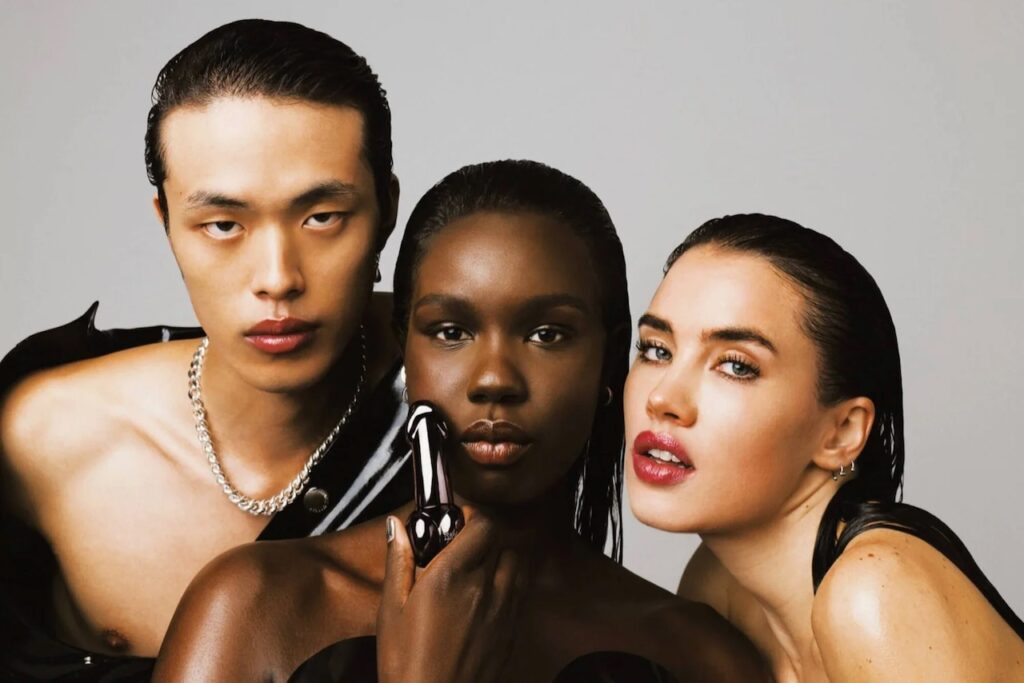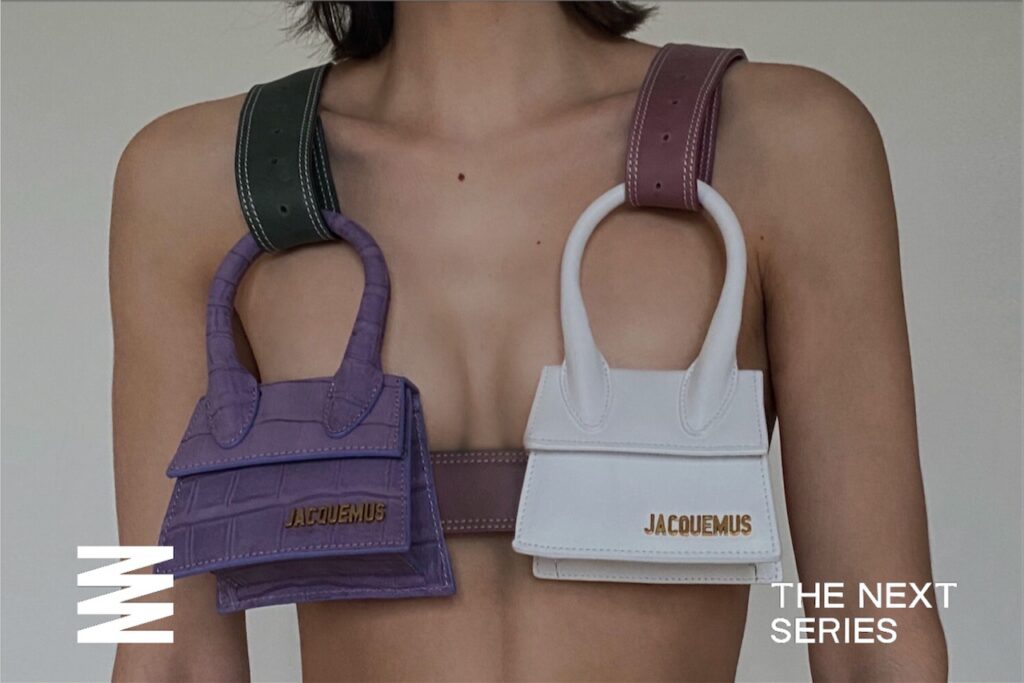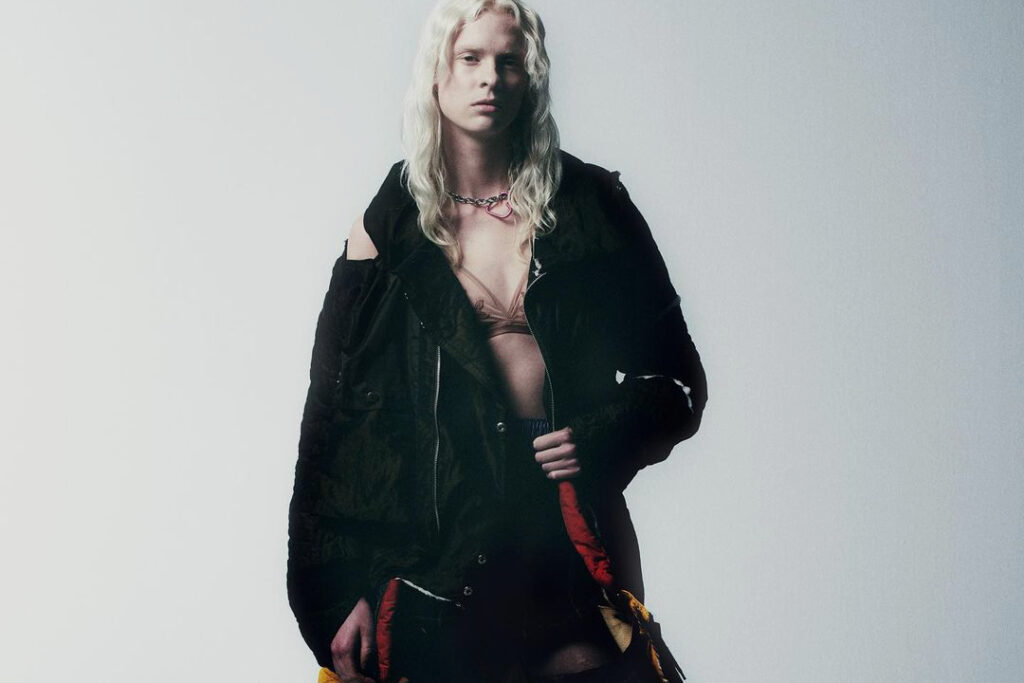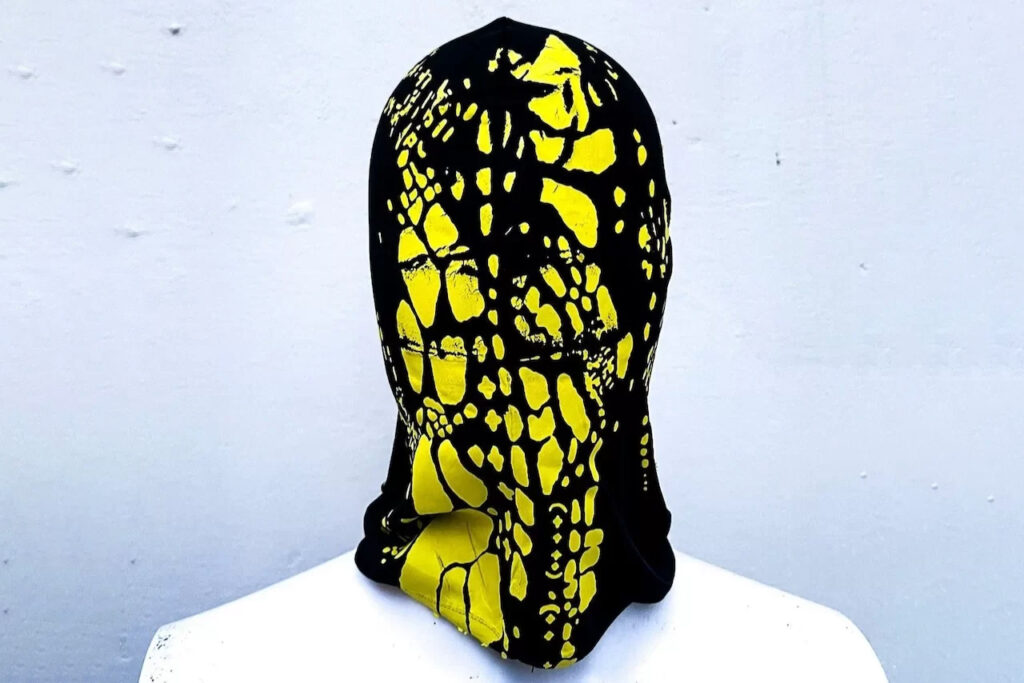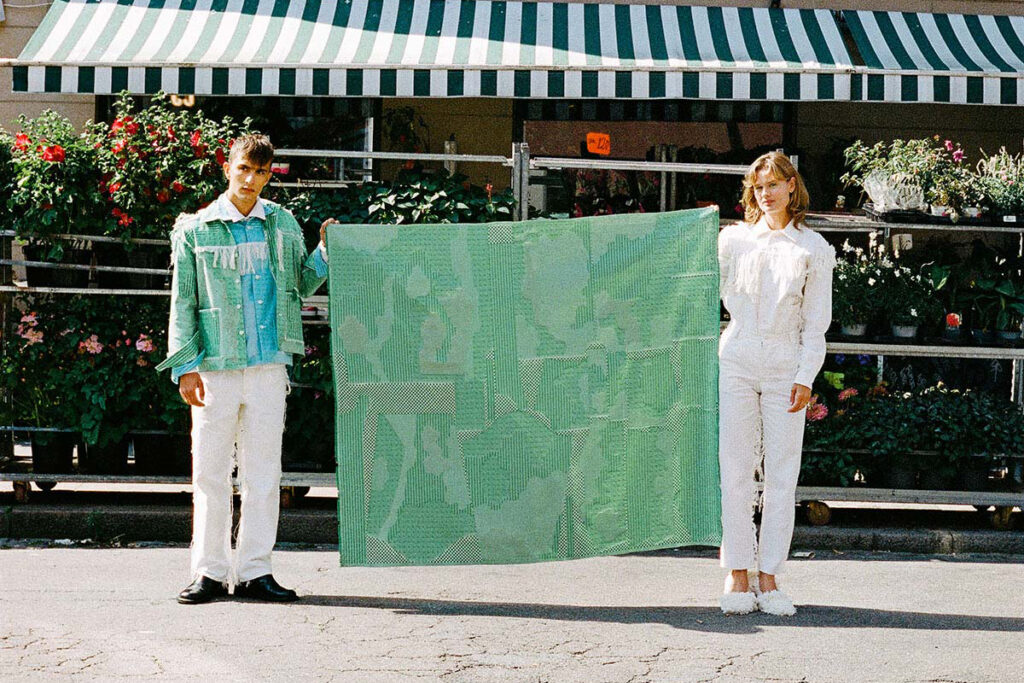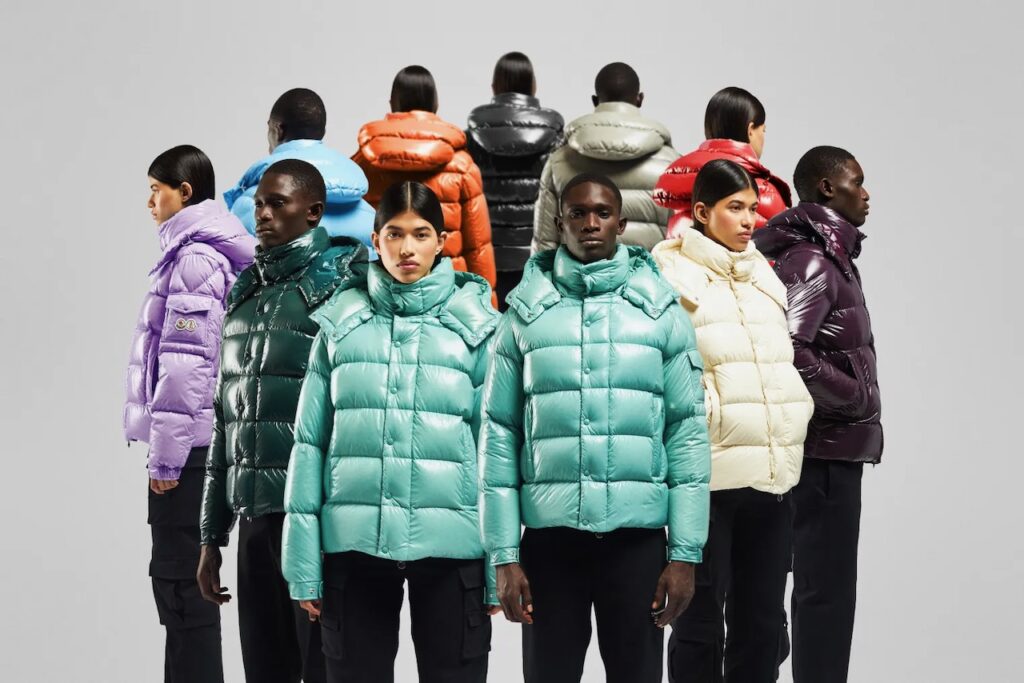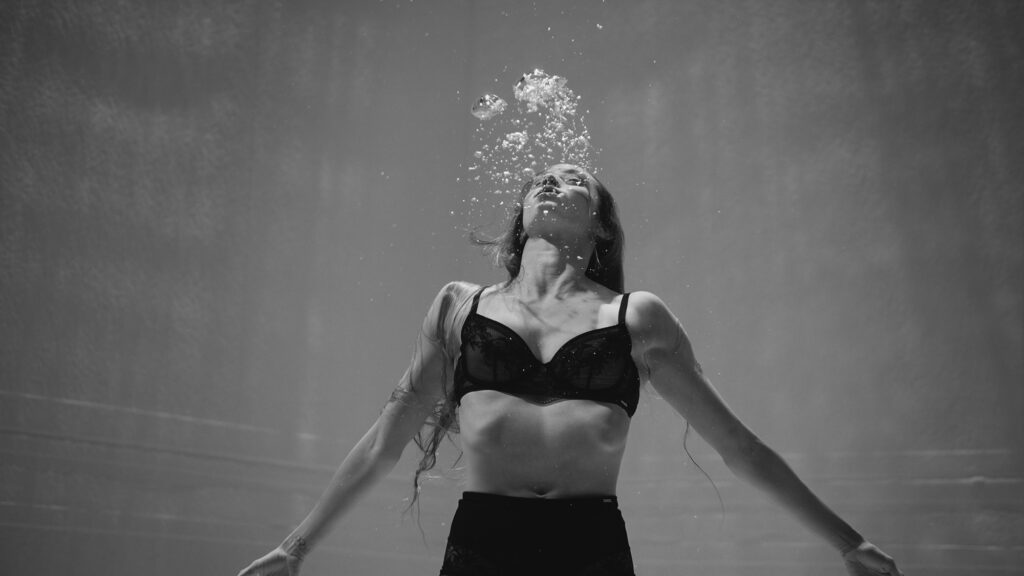If there’s one thing we can’t deny about fashion nowadays, it’s that today’s generation has taken the baton of fashion and made it its own. And to be completely honest, thank god for that. Recycled fashion, ethical brand, zero waste fashion, circular fashion… All terms that used to be out there, avant-garde, and indicators of creatives who were breaking away from the traditional path. Slowly but surely, these terms are becoming a part of the daily fashion lexicon.
Now that’s not to say that, historically speaking, fashion hasn’t had, and continues to have, beautifully positive reverberations in society. It has contributed significantly to the economy by creating jobs, undeniably stimulated artistic and cultural expression, and fostered innovation in fields such as materials and manufacturing processes for starters. However, the fashion business throughout time has also famously come under fire for its detrimental impact on the world. Labour and animal abuse, exclusionary policies and elitism, as well as the promotion of unrealistic and unhealthy body ideals, among others. Not to mention that thanks to the globalization and massification of fashion, the textile industry has also been deemed an environmental terrorist. How can one possibly excuse the literal tonnes of waste created, resources (and people) exploited, and subsequent pollution resulting from the global fashion machine?
Gen Z to the rescue: sustainable fashion, circular fashion, recycled fashion, impactful fashion
Fashion is an awe-inspiring art form at heart. But unfortunately, it’s not immune to the toxicity of consumerism and greed that has sunken its teeth into, basically, all spheres of society. Thankfully, Gen Z fashion takeover is serving as quite the cleanser. This new generation of “fashion healers” might just save the industry and finally render the industry’s inherently baleful practices obsolete.
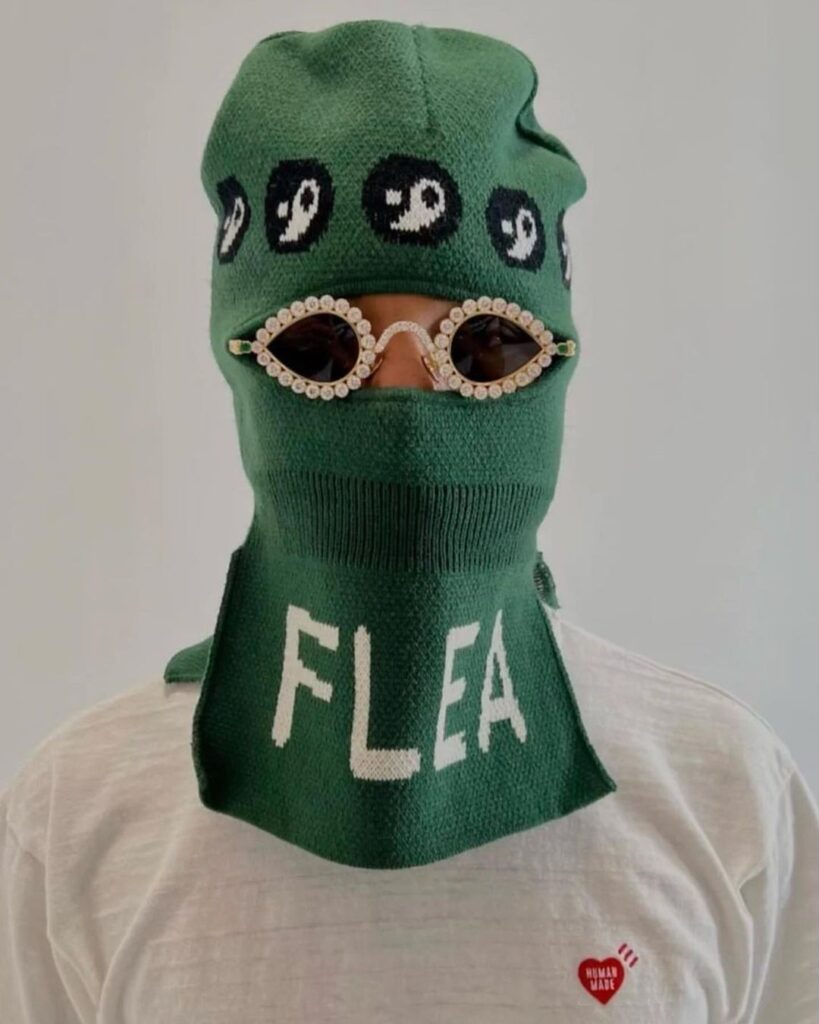
Sustainable fashion is non-negotiable for younger generations, Zero waste fashion is in
Gen Z is, generally speaking, markedly more aware of environmental and social issues. The age of information has definitely done its number on this generation, and the world is better for it. Brands can no longer hide the environmental harm inflicted by their manufacturing processes. As consumers, and global citizens, younger generations are in the know of the impact and influence their money and voice can have.
Conclusion: Gen Zers put their money where their mouth is. They prioritize sustainability in their purchasing decisions which have led to a rise in demand for sustainable and ethical fashion brands. Fast fashion’s environmental impact can no longer hide behind the opacity of mass production. Yippee ki ye for the day that all fashion is sustainable fashion. Give it a decade or two… Fiiiiiiine maybe all fashion is a little too idealistic but at the very least 50%? Is that too much to ask? (Sidenote for reference: last year the percentage of sustainable clothing in the market was a mere 3.9%, projected to go up to 6.1% by 2026)
Sarah Brunnhuber’s zero-waste garment fashion production process for the win
Making strides in the fight against fashion waste is Sarah Brunnhuber with her brand Stem. Currently working out of Copenhagen after developing her process in labs and workshops across Eindhoven, London, and Italy, Brunnhuber works exclusively with recycled natural fibres. During production, she weaves the pieces directly into the fabric, and the leftover fabric from the seams becomes fringing, not a signature element of her pieces.
On top of that, all garments are created on a pre-order basis so as to avoid overproduction. Even loose threads and fabric end up being a part of the packaging!
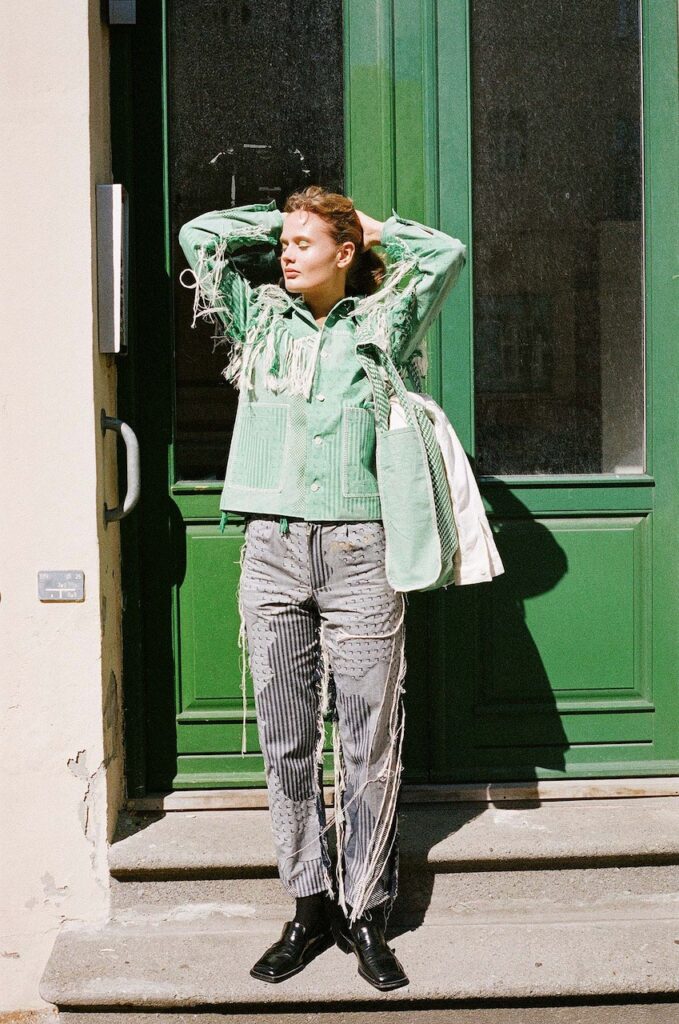
Circular fashion is the gift that keeps on giving
Gen Z is much more open to buying secondhand clothing and participating in circular fashion models, such as rental and resale. Second-hand shopping does more for Gen Z than cover their sustainable fashion needs. Many favour second-hand clothing because it’s often the path towards wearing unique outfits that stands out, a key priority in today’s fashion scene that has become one of the most glaring departures from tradition in the contemporary mainstream cultural landscape.
Circular fashion and recycled fashion resonate with this generation’s beliefs in sustainability and social responsibility. After all, Gen Z is recognized for being value-driven and searching out businesses and products that line with their values. They seek new, innovative ways in which they can look good, feel good, and do good.
Joe Wilkinson and Mario Maher are doing just that with their platform HEAT.
HEAT: The platform making high fashion mystery boxes a sustainable feat
With the rise and proliferation of fashion in social media we have witnessed the birth of a new content genre: Mystery box clothes.
Mystery box clothing consists in making an order not knowing what you’re going to get. The hope with these often is to receive a value superior to what you paid for. The issue, however, is that in order to make a larger profit, these are often laced with cheaply produced items that are the antithesis of environmentally friendly.
HEAT, on the other hand, uses the mystery box concept to face the surplus inventory wasteful issue that countless luxury and streetwear brands face. Using social media as their main marketing strategy, Wilkinson and Maher have truly honed into the needs and desires of young consumers. Innovative, playful, and creative problem-solving at its best.
Gen Z favours independent designers
This young generation of fashion industry healers is more interested in personal style and individuality than following trends, which has led to a shift away from fast fashion and towards unique, one-of-a-kind pieces. This in turn translates into supporting independent designers who create unique, high-quality products, oftentimes ethically and sustainably, that are not available at mass-market retailers. Which in turn translates into diverting power away from industry giants. This in turn translates into the promotion of creativity and diversity in the fashion industry, as well as which can lead to a more vibrant and innovative fashion ecosystem and a shift towards an industry built on sustainable and ethical practices.
As an added benefit, let’s also take into account that independent designers are typically small businesses, which means that supporting them helps uplift local economies. Therefore, not only can supporting independent designers positively impact the world on a global scale in the long run, but it also can have a positive ripple effect on the local community.
This isn’t necessarily knowledge that is gate-kept. It’s common knowledge. Still while many chose to turn a blind eye to things and feign ignorance while they shop in their usual H&M’s and Shein, younger generations use this knowledge to inform their decisions and help carve a path for avant-garde fashion that doesn’t pollute everything it touches.
Fashion isn’t decor, it’s a powerful tool
Fashion has been used as a tool for social change before, but today young designers are really taking a stand with fashion in more ways than one. While for Gen Z and young Millenials, fashion can be used as a form of self-expression and a means of personal identity, it can also serve as a way to challenge and subvert social norms and expectations.
tRASHY Clothing is just that.
The fashion label founded by Omar Braika and Shukri Lawrence is “another form of resistance”, combating Middle Easter stereotypes and the Israeli occupation of Palestine through satire.
Currently based in Jordan, tRASHY clothing yields fashion peacefully, yet sternly, as a tool for political and social change. Some of their designs with hard-hitting one-liners include: “I </3 colonisers”, “Ms Apartheid” and “poetic, political, and unapologetic.”

If we know that the fashion industry has the potential to use its economic and cultural influence to drive change on a larger scale, what are we waiting for? Fashion brands can choose to use their platform to raise awareness about social and environmental issues. They can adopt more sustainable and ethical business practices in order to reduce their impact on the environment and support the well-being of their workers and the communities in which they operate.
There are clearly designers out there who are making the choice of blazing the trail for this shift. Healing the industry simply by taking a chance on their existence. So if you’re interested in fashion and actively participate in it – and no we’re not talking about people who buy their basics or occasional textile treat in Primark because they can’t afford to do otherwise without completely obliterating their monthly budget – chose to support these designers. Put your money where your mouth is. Be part of the change that needs to happen. You’ll get better products, more unique, and sustainably and ethically made, often with a purpose and meaning beyond looking pretty.
Come on guys. It’s one small step for a consumer, a giant leap for mankind.

